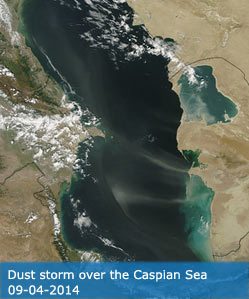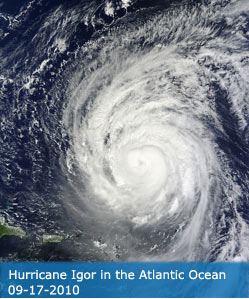Science Team
Publications
Yu, J; Zhao, YF; Lei, GQ; Zeng, WZ (2025). A comparison of physics-based, data-driven, and hybrid modeling approaches for rice phenology prediction. AGRONOMY JOURNAL, 117(1), e70010.
Abstract
Accurate prediction of paddy rice (Oryza sativa L.) phenology is necessary for informing field management and improving yield. There exist different ways, including physics-based, data-driven, and hybrid approaches, to make rice phenology prediction. However, few studies have investigated the performance of the above three modeling approaches. This study compared the performance of a physics-based model (ORYZA), a data-driven model (using the distributed random forest [DRF] technique), and a hybrid model (an integration of the ORYZA model and DRF-based rice development rate parameter estimates) for rice panicle initiation and flowering date prediction. The feature importance analysis method was introduced to quantify the relative importance of input variables for rice phenology prediction. The results showed the following: (1) Rice genotypes and cultivation patterns resulted in poor performance of the ORYZA model for phenology prediction, whose root mean square error (RMSE) ranged from 6.01 to 8.12 days, and the coefficient of determination (R2) ranged from 0.06 to 0.24. (2) The hybrid model, whose RMSE ranged from 3.11 to 3.66 days, improved the ORYZA model but still underperformed the data-driven model, whose RMSE ranged from 2.44 to 2.57 days. The worse performance might be attributed to the poor prediction accuracy of the model parameter, development rate in the juvenile phase, where the mean absolute percentage error was 0.286. (3) Satellite-based vegetation indices, leaf area index, and evapotranspiration played an important role in determining the predictive capacity of the DRF technique for ORYZA model parameters and rice phenology. Overall, we suggested using data-driven models for accurate rice phenology prediction.
DOI:
10.1002/agj2.70010
ISSN:
0002-1962




